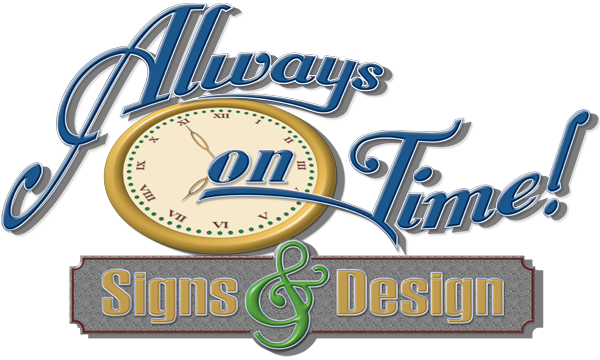
Work zones are intended to enhance the quality of life for workers, motorists, and locals. Smart work zones are deploying traffic control technology to increase construction worker safety, provide real-time travel information, and efficiently route motorists through a work zone. With smart work zones, the development of new technologies, such as automated traffic signals and digital signage, helps to alleviate several problems that have historically been prevalent in work zones. Learn how smart work zones benefit the economy in the following section.
Improved Productivity
The workplace is a vital element of the economy. For this reason, businesses need to create and implement smart work zones, which can result in increased economic activity and productivity. Intelligent work zones use technology, such as intelligent transportation systems and traffic lights, to increase worker safety and decrease traffic congestion. This can reduce time lost due to delays in the workplace and increase productivity by allowing employees more flexibility with their schedules.
Additionally, the economy can benefit from the increased economic activity generated by intelligent work zones. Transportation agencies can leverage the data collected from these smart work zones to identify transportation issues, develop traffic solutions, and optimize travel times. With better traffic flow management and greater economic activity, intelligent work zones can positively impact the local economy.
A smart work zone also improves efficiency by allowing employees to arrive at work earlier or later than normal hours if necessary, such as if there is an accident on the highway that disrupts traffic flow. This can help them avoid rush-hour delays that might otherwise affect their commute. Therefore, smart work zones are advantageous not only for employees but also for employers who care about the safety of their employees on the way to work.
Decreased Costs for Businesses
Smart work zone technology is the best way to decrease costs for businesses. The ITS elements are connected by a network using communication technologies, such as cellular radio and Wi-Fi. This technology can be used for various applications, including traffic signal control, vehicle detection and monitoring, video surveillance, and public safety systems.
Smart work zones can be used with other ITS elements to provide real-time information about traffic flow on the roadways and at intersections. Traffic management centers can use this information to help improve traffic flow by changing signal timing patterns if necessary. These changes will help decrease congestion levels in an area by allowing drivers more time to reach their destinations without unnecessarily sitting in traffic jams or waiting at red lights.
Increased Efficiency for Transportation Agencies
Smart work zones are a boon to transportation agencies. Not only do they aid in reducing congestion, but they also increase efficiency and safety in the workplace.
Smart work zones use intelligent transportation systems to monitor traffic flow and give drivers real-time updates on road conditions, helping them decide where to drive or not drive.
This technology improves efficiency by allowing agencies to better manage traffic flow and avoid bottlenecks, which can be costly for businesses and individuals.
In addition, smart work zones help reduce traffic injuries and fatalities by providing drivers with up-to-date information about accidents and hazards on the road ahead, which helps them avoid those areas at risk for accidents or other problems.
Help Drivers Avoid Traffic Congestion and Delays
Smart work zones are a rapidly growing trend. Installing ITS on regular roads and using them to make driving safer, more effective, and more predictable is a straightforward concept.
Smart work zones help drivers avoid traffic congestion and delays by providing real-time information about traffic flow and incidents ahead. That way, drivers can make decisions that will enable them to avoid bottlenecks or detours before they get caught up in them.
Smart work zone technology includes variable speed limits, ramp meters, dynamic messaging signs, and pavement markings that indicate lane closures or other issues affecting traffic flow. Companies like Worksafe Traffic Control Industries provide services that use smart work zone technology to make roads safer and more efficient. Their certified Manuel Uniform Traffic Control Devices-compliant signs are in high demand across the Northeastern United States, particularly in Vermont, New Hampshire, Maine, and Massachusetts.
Smart Work Zones Are Good for the Economy
Smart work zones are good for the economy. By removing unnecessary road construction and traffic, smart work zones and other similar initiatives have been shown to improve productivity, lower costs, and reduce pollution. They can also create new jobs in construction, which boosts the economy as a whole.
Smart work zones have many benefits, and with these devices in place, workers can reduce their risk of injury. They also provide real-time information on traffic flow and congestion. This gives you more control over your business’s operations, allowing you to save time, money, and resources that would otherwise be wasted on inefficient processes. Contact us at Worksafe Traffic Control Industries to order your supplies today!

